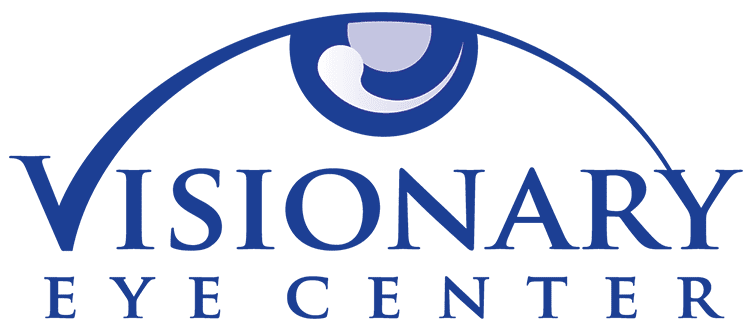This popular alternative to glasses, daytime
contact lenses and
LASIK turns out to have a hidden beneficial side effect of reducing myopia progression by roughly half. In orthokeratology we use specially designed corneal molds to gently reshape the eye overnight in a process that is
FDA approved for all ages. This is a great alternative for the child that does not wish to wear a correction during the day and is a safe and effective means of vision correction. Like atropine therapy, ortho-k is not specifically FDA approved for myopia control, but has long been an approved and safe method of vision correction since 2002.
Click here to visit our orthokeratology page to learn more.
 775.827.1100info@visionaryeyecenter.com8175 South Virginia Street Suite B-900
775.827.1100info@visionaryeyecenter.com8175 South Virginia Street Suite B-900